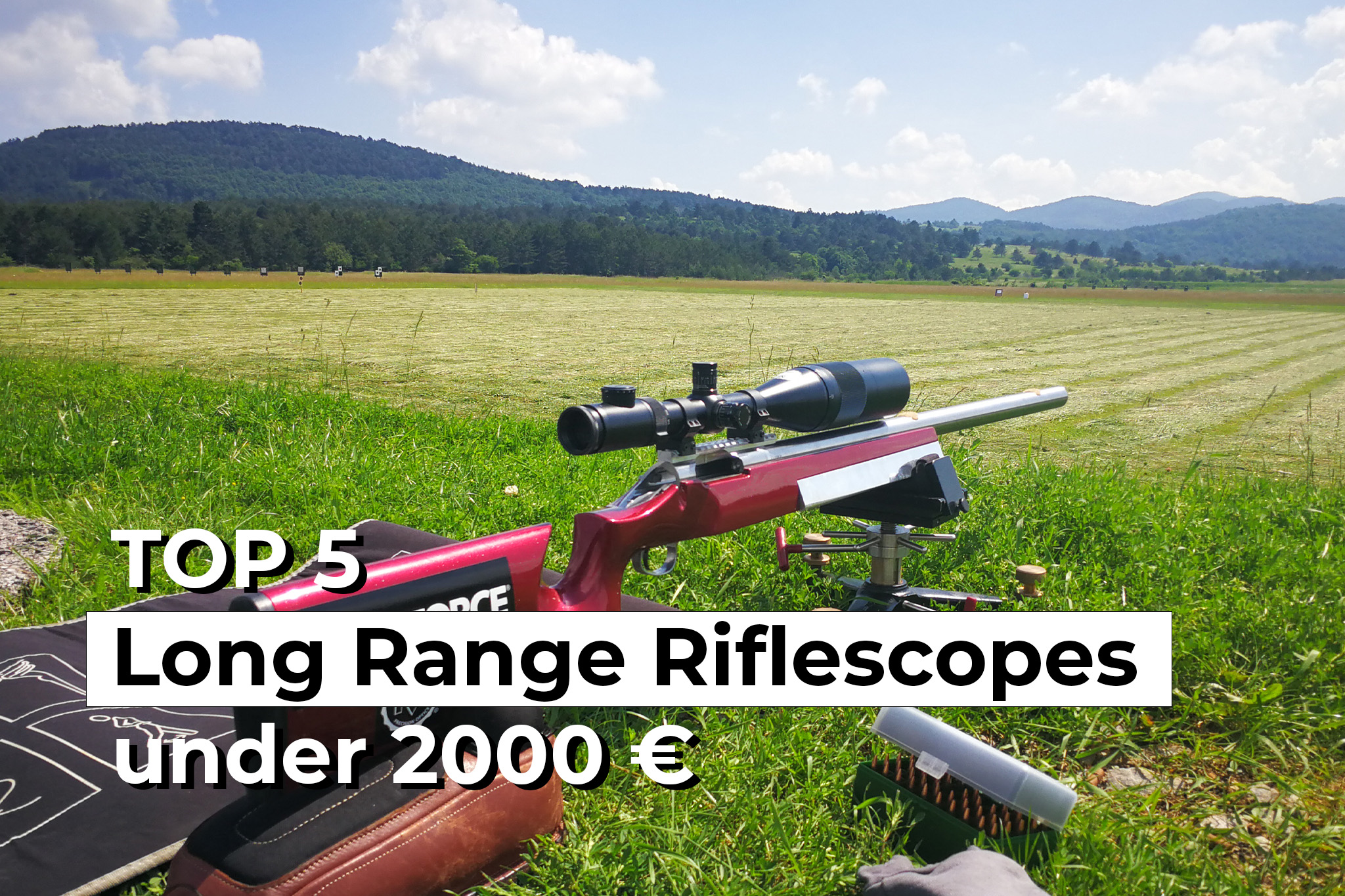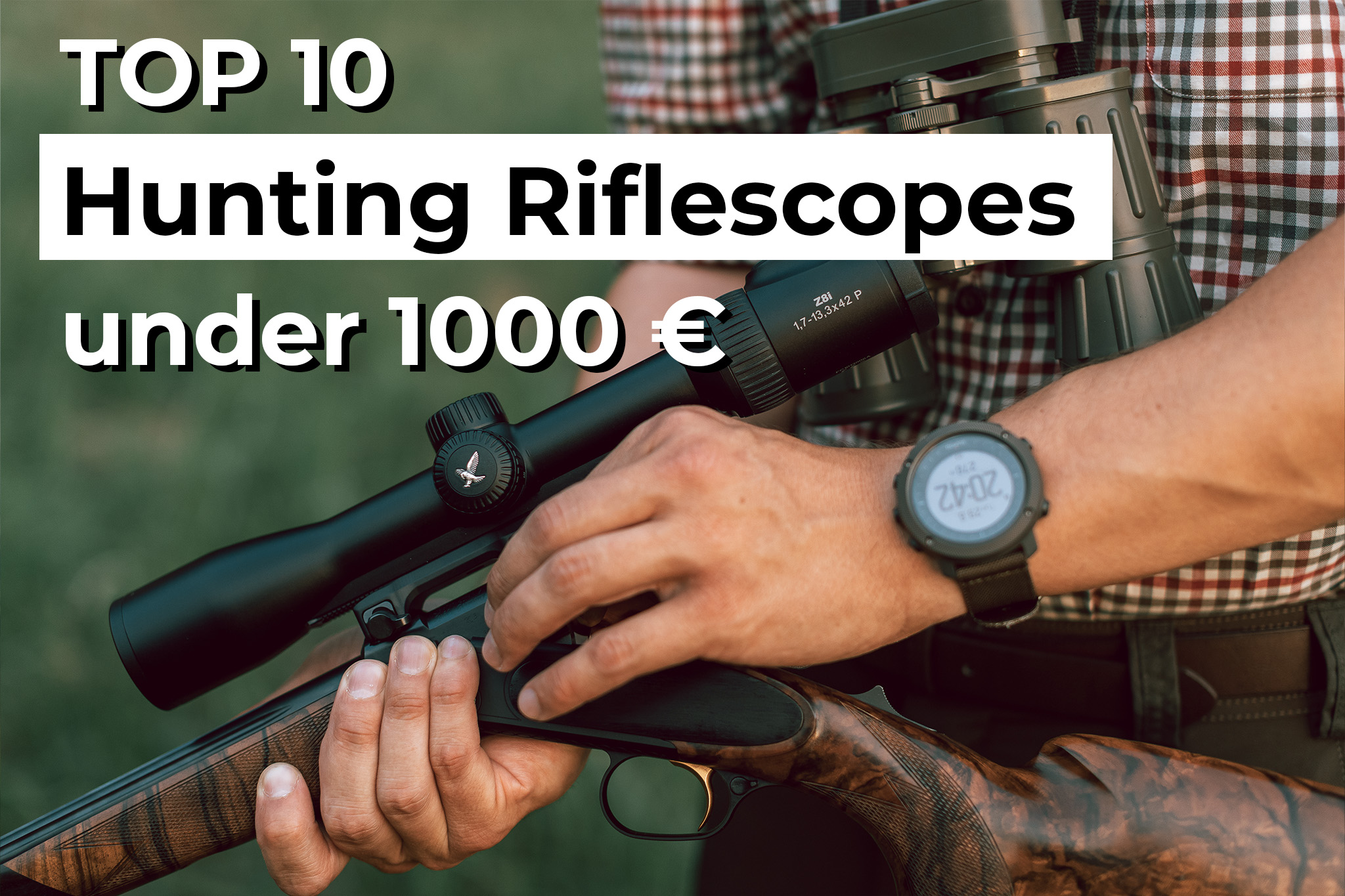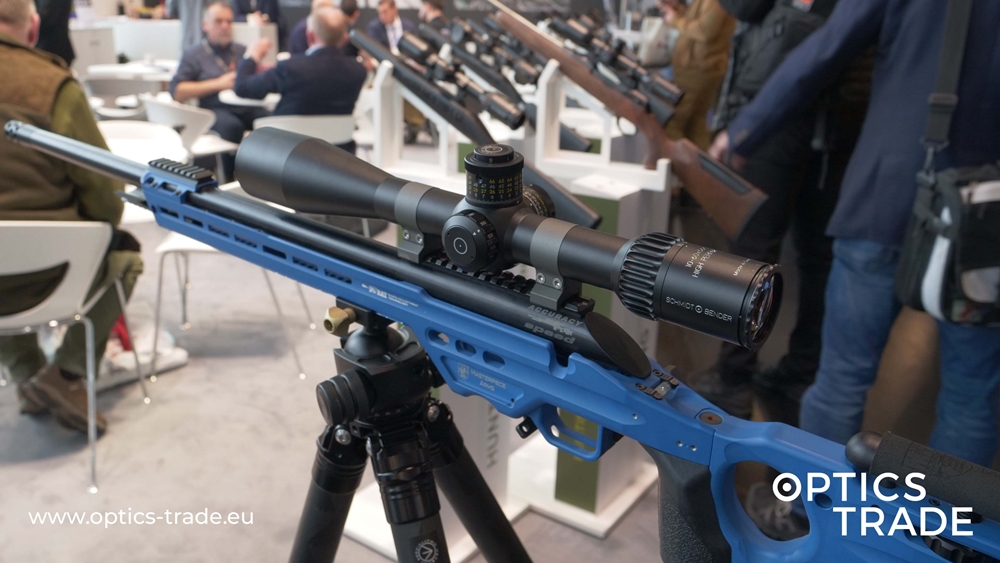Hello and welcome to another episode of Optics Trade Debates. Today, we will talk about a Vortex series of riflescopes – to be more specific, about the Viper PST Gen II, a very popular series of tactical riflescopes made by Vortex.
Let us start this debate off with some history behind the series. This series was evolved from the PST Gen I – those scopes were made in the Philippines and were highly successful. They had a 4x zoom, and there were many models available.
When Vortex began designing the second generation, there was a lot of anticipation for what will come next. It was expected that they went from a 4x to 5x zoom, and we all knew that the appearance of the scopes will change a bit. When they came out, the biggest shock was the optical quality. That is because these scopes are in the price range of about 1000 €, and the optics come dangerously close to the ones that cost about 2000 € and more.
With the Gen II, they introduced four different models, even though you can get both of the bigger models in two different configurations. They launched the 1-6, 2-10, 3-15×44, and 5-25×50. The latter two are available either as first focal plane (FFP, MIL/MIL tactical scopes, or MOA/MOA – it depends on your choice), or second focal plane scopes. All in all, we could say that they have 6 models in the series.
The common features are the 30 mm tube, 5x zoom factor (except for the 1-6 which has a 5x zoom), tactical, uncapped turrets (except for the wide-angle model), and the biggest step forward compared to the previous series, which is the mechanical zero stop on the turrets. With the previous generation, there were small shims you put inside of the turrets so that when you went down to zero, the turret pressed on small layers of metal and there was no a mechanical stop.
The build quality was raised to an even higher level, even though that the price stayed almost identical, and by testing the scopes in comparison to its competitors (Burris, Athlon, etc.) we can conclude that they crushed its competition. If you are looking for a tactical scope for around 1000 €, Viper PST offers the best optics, and the best mechanics. Some other riflescopes already come with a 34 mm tube and offer a bit more elevation than Vortex, but with 30 mm tubes you have more than enough elevation for shooting extremely far, so this does not pose a big problem.
The 2-10, 3-15, and 5-25 also have an adjustable parallax with a side focus. All of them also have the illumination intensity regulation on the side (10 levels), as well as an off switch between each level, so you can quickly get back to the illumination where you left off. We mentioned that both of the bigger models come with either a reticle in the first or second focal plane. All of them come with the reticles with the MOA or MIL subtensions. And since Vortex knows what it is doing, they are always paired with the same click values (if you are buying a MIL reticle, you get clicks in the milliradians). That is why it is important to understand what the market needs before making any riflescopes.
The turrets are multi-turn, and the turn indicator is engraved under the turrets – not perfect, but more than acceptable for this price point. The only real downside to the Viper series is that the turrets do not have a locking function, which might happen with the Gen III.
All in all, the scopes are quite heavy, which is probably due to the high-quality materials. They also come with the Vortex VIP warranty, which is an enormous plus; so if you combine the optical performance and the best warranty, it is a no-brainer that this riflescope is a bargain. The series covers most of the needs of the users (they are missing the 6 mm model, which is popular in Europe).
The 1-6 is an immensely high-quality scope perfect for IPCS shooting and simple to use with both eyes opened. Next, the 2-10×42 is perfect for AR platform rifles with a .308 caliber; you are able to shoot a bit farther with 10x magnification while still having a wide field of view. It is light and compact, but still a fully-featured scope. The 3-15×44 is great for someone who wants to have a scope that is a bit more compact, but with a full MIL/MIL potential. In daytime conditions, it is more than enough for anyone. Some users in the US would use it as an MOA/MOA scope but here in Europe, everybody opts for a first focal plane MIL/MIL scope.
Vortex does not leave much room for improvement regarding these scopes, perhaps only a locking function on the turrets with the next generation. Apart from that, they are incredible, especially in terms of optical performance, which is the key feature with these scopes. With the 32 mm, 44 mm, and the 50 mm model, you have the illumination of the entire reticle (not just the central dot). With the 1-6 model, you have the central dot, for which, the intensity is the highest of all the scopes in this class, so the illumination is different from model to model.
Let us just say that with the Vortex Viper PST Gen II, the competitors will need a couple of additional years to catch up. Thank you for watching and in case we forgot something, you are more than welcome to leave a comment.
Products mentioned in the Vortex Viper PST Gen II riflescopes debate:
Vortex Viper PST Gen II riflescopes: https://www.optics-trade.eu/en/manufacturer-vortex/riflescope_series-vortex_viper_pst_gen_ii.html
Vortex riflescopes: https://www.optics-trade.eu/en/riflescopes/shopby/manufacturer-vortex.html
Follow us on social media:
Facebook: https://www.facebook.com/OpticsTrade/
Instagram: https://www.instagram.com/opticstrade.hunting/
Blog: http://optics-info.com/
Flickr: https://www.flickr.com/photos/opticstrade/albums
Pinterest: https://www.pinterest.co.uk/opticstradeeu/
LinkedIn: https://www.linkedin.com/company/optics-trade




